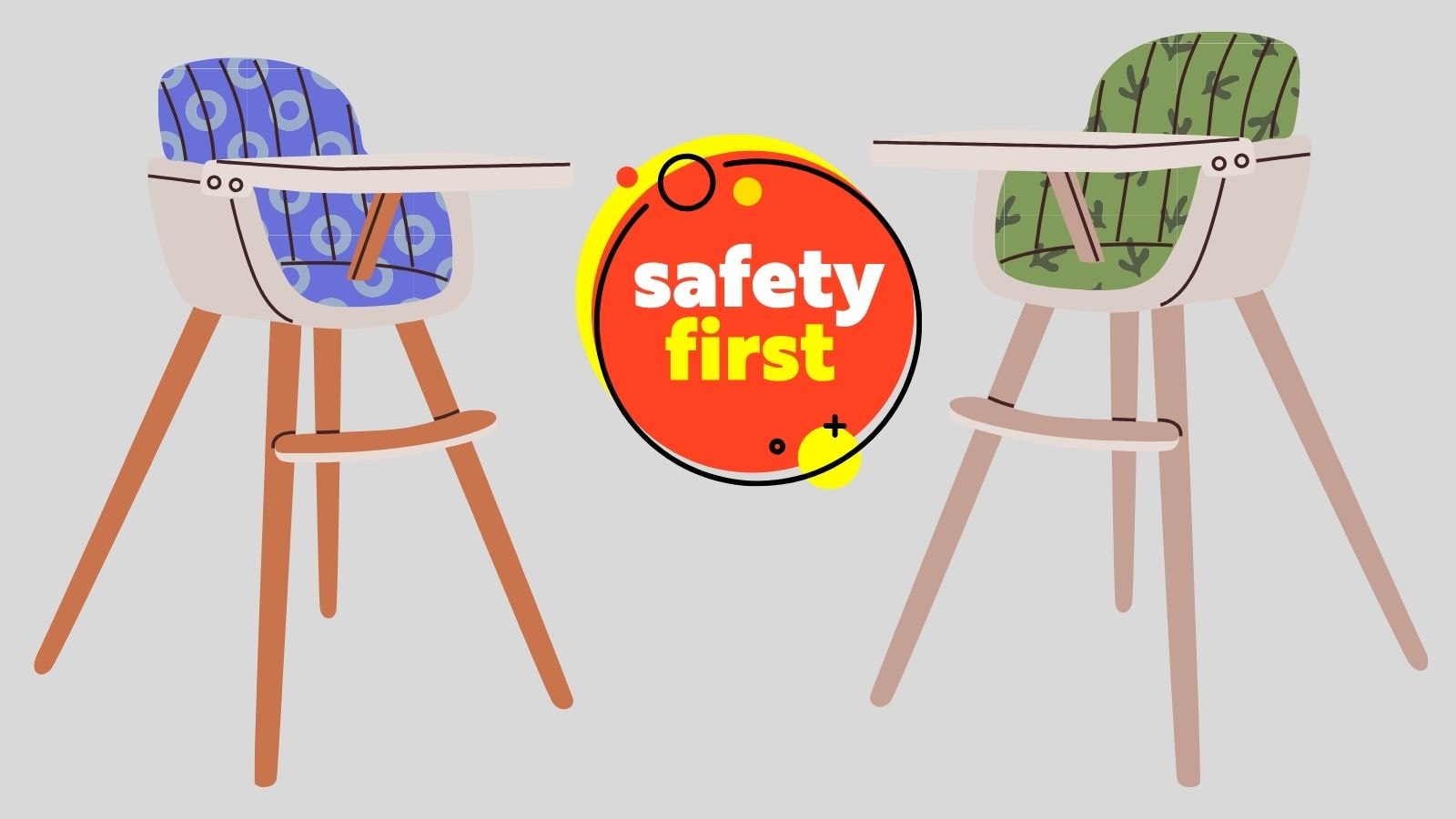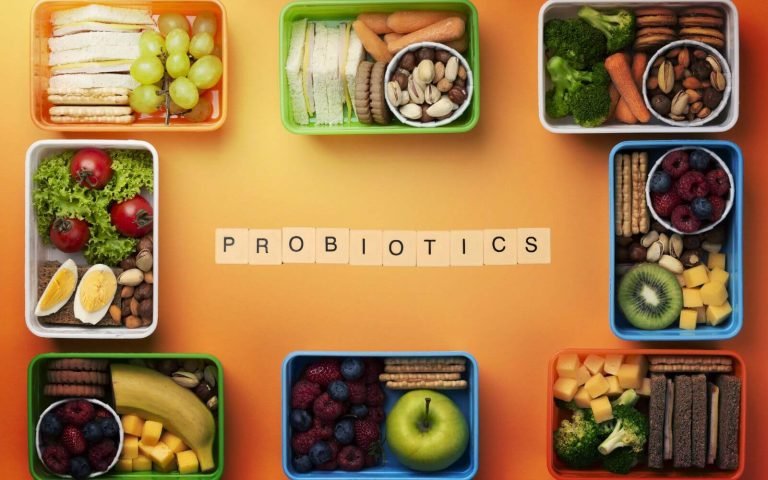The Right Age for High Chair: When Should Your Baby Start?

You should start using a high chair when your baby can sit upright without support and has good head and neck control, typically around 6 months.
This readiness is crucial for safe and enjoyable mealtimes. Signs your baby is ready include showing interest in solid foods and having the ability to reach and grasp objects. These abilities usually develop between 4-6 months.
Using a high chair enhances your child’s social skills, fosters proper posture, and supports digestion. Opt for a model with a five-point harness and adjustable features to ensure safety. Explore further to understand the full range of benefits and safety tips.
Key Takeaways – Right Age for High Chair
- Babies typically start using high chairs around 6 months when they can sit up unassisted.
- Good head and neck control, usually seen by 4-6 months, is crucial for high chair readiness. It is important that the baby can sit upright without support, demonstrating the ability to babysit with good stability and posture.
- Interest in solid foods around 4-6 months indicates readiness for a high chair.
- Reaching and grasping abilities emerging at 4-6 months support self-feeding in a high chair.
- Ensure the high chair has a five-point harness and meets safety standards for secure mealtime.
Signs Your Baby is Ready for a Highchair

You’ll know your baby is ready for a highchair when they can sit up unassisted and exhibit good head and neck control. It is crucial that your baby can sit upright without support to ensure stability and safety.
Look for signs of interest in solid foods and the ability to reach and grasp objects.
These developmental milestones indicate that your baby can safely and comfortably use a highchair.
Ability to Sit Up Unassisted
When your baby can sit up unassisted, it shows their core muscles are developed enough for highchair use.
This milestone is key to determining the right age for a high chair. It involves sitting upright without support, holding their head up, and maintaining stability and posture.
Most babies can sit upright with minimal support by around six months. This ability indicates significant physical development, suggesting readiness for a high chair.
Monitoring your baby’s ability to sit without support ensures they can safely and comfortably engage in meals, reducing the risk of slouching or choking.
Good Head and Neck Control
Good head and neck control is essential for your baby to use a high chair safely. Most babies develop this control around four to six months of age. This ability ensures they can hold their head steady in an upright position, minimizing choking hazards.
When your baby can sit upright with minimal support, they are ready to explore new textures by eating solid foods. This milestone signifies physical development and enhances social interactions during family meals.
High chairs, equipped with safety features like five-point safety harnesses, rely on your baby’s ability to maintain neck control to prevent slumping or tilting.
Interest in Solid Foods
Interest in solid foods indicates your baby may be ready for a high chair. When your baby shows curiosity about what’s on your plate and desires to eat solid food, it’s a sign they’re ready to join family meals.
This usually happens between four to six months old, coinciding with the development of adequate head and neck control.
Introducing solid foods in a high chair with a reliable safety harness ensures a safe feeding environment.
Participating in family meals promotes social development and healthy eating patterns. Proper posture during feeding, supported by a high chair, minimizes choking risks.
Reaching and Grasping Ability
Reaching and grasping abilities are key indicators that your baby is ready for a high chair. These skills, which develop around the same time as interest in solid foods, enable your baby to pick up and manipulate pieces of food.
When your baby expresses interest in the food at the dining table, it’s a sign they may be ready for a high chair.
A baby who can reach for and bring food to their mouth shows the necessary fine motor skills for self-feeding. Observing your baby’s ability to maintain an upright posture while sitting confirms they are ready to engage in mealtime activities safely.
Age Milestones for Highchair Readiness

Most infants are ready for a highchair between 4 to 6 months, a period marked by significant developmental milestones.
You should observe your baby’s ability to sit up with minimal support and demonstrate good head and neck control. It is crucial that your baby can sit upright without support to ensure they are developmentally ready to babysit in a high chair.
These indicators align with pediatric guidelines for safe highchair use.
Typical Age Range (4-6 Months)
Many infants show readiness for a high chair between 4 to 6 months, based on developmental milestones such as head control and the ability to babysit upright without support.
During this period, your baby can sit upright, making it an ideal time to introduce high chairs. Ensuring that your baby is sitting correctly is crucial for both safety and comfort during meal times.
When selecting a high chair, look for features like safety straps and a removable tray. Safety straps are essential to prevent falls and keep your baby securely in place. A removable tray adds convenience for parents, allowing for easy cleaning and flexibility during eating sessions.
High chairs designed for infants between four and six months often have adjustable seating positions to accommodate your baby’s growth and development. These designs support proper posture, essential for safe swallowing and overall comfort.
Always supervise your baby during meals to ensure they’re safe and secure.
Developmental Milestones to Look For
Look for your baby’s ability to sit up independently and maintain head control as key developmental milestones indicating highchair readiness.
Most babies achieve these milestones around 4 to 6 months of age. These abilities are crucial because they ensure your baby can sit safely and comfortably in a high chair without additional support.
It is important that your baby can sit upright without support, as this indicates they are developmentally ready to sit in a high chair.
When assessing if your baby is ready to sit in a high chair, observe if they can sit unassisted for extended periods and demonstrate good neck strength.
Maintaining head control is vital for preventing choking hazards during meals. Babies who can sit with minimal support are less likely to slump over, reducing the risk of injury.
Safety tips are essential during this transitional phase. Always use the high chair’s safety harness, and ensure the chair is stable and secure. Position the high
Benefits of Using a Highchair

Using a highchair can significantly enhance your child’s mealtime experience by promoting independence and fostering social interaction.
It also supports proper posture, which is crucial for optimal digestion and overall health. Ensuring that your baby can sit upright without support is important for their safety and comfort in a high chair.
Evidence shows that highchairs provide a secure
Encourages Independence During Mealtime
Introducing a highchair at the appropriate age fosters a child’s autonomy by providing a secure space for self-feeding and exploration during mealtime.
High chairs equipped with a five-point safety harness ensure that children remain safely seated, allowing them to focus on eating and developing essential motor skills.
Unlike a booster seat or a regular chair, a highchair is designed specifically for young children, promoting both safety and independence.
By sitting in a highchair, children can engage more actively in family meals, enhancing their social skills as they observe and mimic adult behaviors.
This early exposure to communal eating habits teaches them the importance of social interactions and table manners. Autonomy at mealtime also encourages children to try new foods and textures, fostering a sense of independence and self-confidence.
Moreover, high chairs are instrumental in helping children learn to eat independently. The secure environment allows them to practice using utensils and handling different types of food without the risk of falling.
This independence builds their self-esteem and sets the foundation for lifelong healthy eating habits.
Supports Proper Posture and Digestion
Ensuring your child sits in a highchair designed for proper support helps maintain optimal posture, promoting healthy digestion.
High chairs are specifically engineered to provide the necessary back and hip alignment babies need during mealtimes.
When your baby’s posture is correct, the esophagus remains in a straight line, facilitating the smooth passage of food to the stomach and reducing the risk of reflux.
Proper posture in high chairs also helps develop your baby’s musculoskeletal system.
Unlike booster seats, which may not offer the same level of support, high chairs ensure that your baby’s spine and hips are positioned correctly, avoiding strain and discomfort. This is crucial for young kids who are in a rapid growth phase.
For safety reasons, high chairs have features that keep your baby securely seated, reducing the risk of slipping or falling. Properly seated at the table also encourages your baby to engage with food more effectively, making mealtimes less stressful.
Proper posture aids digestion and contributes to a positive and safe eating environment for your baby.
Enhances Social Interaction
High chairs significantly boost social interaction by allowing your baby to join family meals at the same height and proximity as everyone else. This inclusion is vital for your little one’s social development.
When you use a high chair, it’s not just about making feeding time easier; it’s about integrating your baby into the family unit and fostering a sense of belonging and participation.
Studies show that early social interaction has many benefits, including improved language skills and emotional regulation.
By having your baby at eye level with older siblings and adults, they can observe and mimic social cues, facial expressions, and conversations, making mealtime a happy feeding experience. This interaction is a big step in your baby’s developmental journey.
Moreover, high chairs facilitate a structured feeding environment, which can make life easier for parents.
It encourages consistency and routine, crucial elements for a child’s growth. High chairs also allow your baby to watch and learn from older siblings, promoting a learning-rich atmosphere.
Safety Considerations: Five-Point Safety Harness

When selecting a high chair, prioritize models with a five-point harness system to keep your child securely fastened.
Reclining high chairs are beneficial for younger infants who can’t yet sit up independently, but ensure the seat has a robust locking mechanism to prevent accidental recline.
Never leave babies unattended in the chair, as this poses a significant choking hazard. Additionally, be mindful of other children who might inadvertently tip the chair or tamper with the seat’s settings.
High chairs grow with your child, providing adjustable features that suit different developmental stages. Ensure the high chair you choose has a stable base to prevent tipping and a footrest to support your child’s posture.
High chairs provide a safe feeding environment but must meet rigorous safety standards to be effective.
Always inspect the chair for any small parts that could become loose and present a choking hazard. Regularly check the locking mechanism and harness for wear and tear.
For added safety, opt for models with a wide base and non-slip feet. Following these guidelines will help ensure your child’s high chair is a secure, supportive space for mealtime.
Summary
In summary, you’ll know your baby is ready for a highchair when they can sit up unassisted, usually around 6 months.
The benefits include promoting good posture and making family meals more engaging.
Always prioritize safety ensure the highchair has a secure harness and meets current safety standards.
By recognizing these signs and following safety guidelines, you’ll create a positive dining experience for both you and your baby.
Frequently Asked Questions
What Type of Highchair Material Is Best for Easy Cleaning?
Opt for a highchair with a plastic or metal frame; they’re easier to sanitize and maintain. Avoid fabric cushions; they trap food particles and bacteria. Evidence supports these materials as the most hygienic and practical choices.
Are There Highchairs Suitable for Small Living Spaces?
Yes, there are highchairs designed for small spaces. Look for foldable models or those with compact footprints. Evidence supports that these options provide safety and functionality without compromising your limited living area.
How Do I Transition My Baby From a Highchair to a Booster Seat?
To smoothly transition your baby from a highchair to a booster seat, gradually introduce the booster during mealtimes. Ensure the booster seat has proper safety straps and is securely attached to a stable dining chair.
Can Highchairs Be Used for Activities Other Than Eating?
Yes, highchairs can be used for activities like sensory play or early learning exercises. Ensure the highchair’s safety features are engaged to prevent accidents. Evidence supports multi-use to stimulate cognitive and motor skills development.
What Features Should I Look for in a Travel Highchair?
When choosing a travel highchair, prioritize safety features like a secure harness system and sturdy construction. Look for ease of portability, compact folding, and easy-to-clean materials. Ensure it meets current safety standards and regulatory guidelines.





